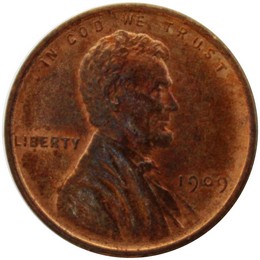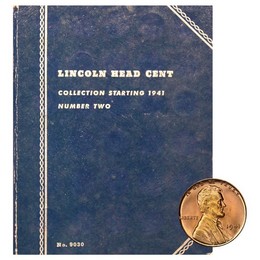Lincoln Wheat Cents (1909-1958)

Historical Context of the Lincoln Wheat Cent
The Lincoln Wheat Cent, first introduced in 1909, is among the most iconic coins in American numismatics. Designed by sculptor Victor David Brenner, it features a detailed portrait of President Abraham Lincoln on the obverse, commemorating the centennial of his birth. The reverse side, adorned with two wheat stalks, symbolizes the nation's agrarian heritage and prosperity, marking a departure from previous penny designs that often featured generic representations of liberty. This coin quickly gained popularity among collectors and the general public due to its historical and artistic significance.
The rich history of the Lincoln Wheat Cent is deeply intertwined with pivotal events in American history. As one of the first coins to feature a real person rather than a classical figure, it marked a significant shift in coin design. Over the years, various mint marks and design modifications were introduced, such as the transition to the Lincoln Memorial design in 1959. Nonetheless, the original Lincoln Wheat Penny design remains a beloved classic, often seen as a representation of early 20th-century America.
An intriguing aspect of the Lincoln Wheat Cent is its composition. Initially minted in a bronze alloy, the coin saw changes in its metal content during World War II, when copper was in high demand for military purposes. This led to the introduction of the zinc-coated steel penny in 1943, now a notable variety among collectors. The transition back to copper in 1944 and subsequent composition changes further enhance the coin's appeal and significance in numismatic circles.
As you delve deeper into the world of Lincoln Wheat Cents, you’ll discover a variety of popular varieties and errors that can significantly enhance your collection. Some key varieties to look for include the 1909-S V.D.B., highly sought after due to its low mintage and the inclusion of the designer's initials. Other notable coins include the 1922 No D, resulting from a minting error, and the 1931-S, known for its rarity. Each of these coins adds value to your collection and serves as a conversation starter among fellow enthusiasts.


